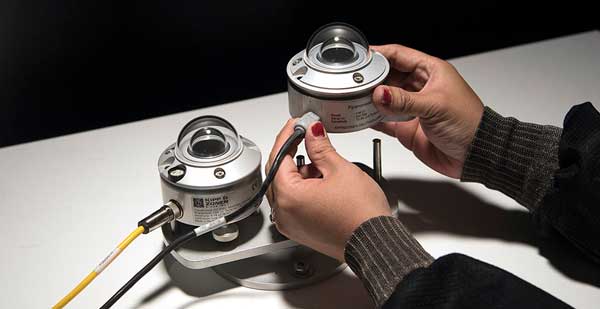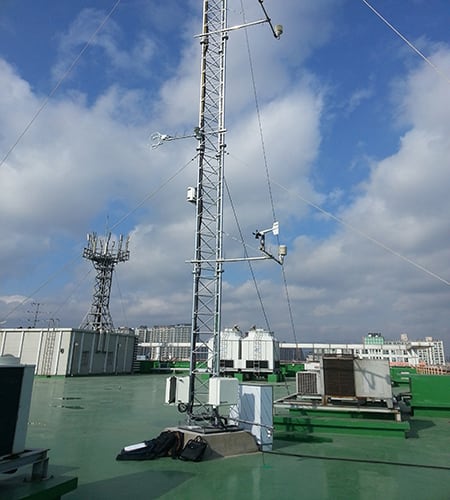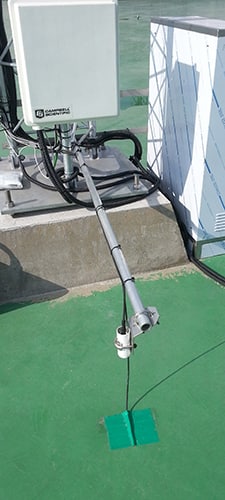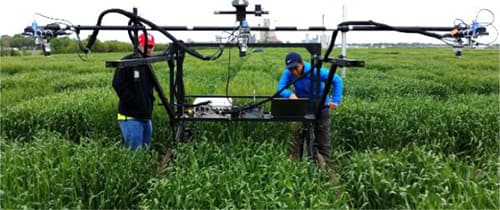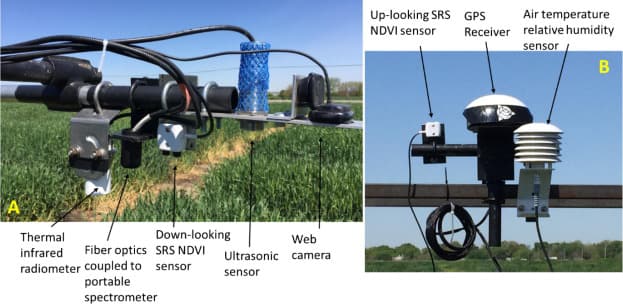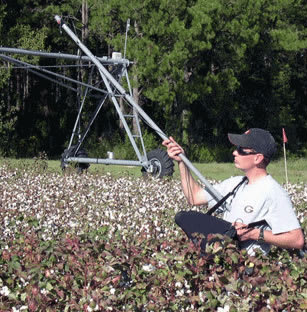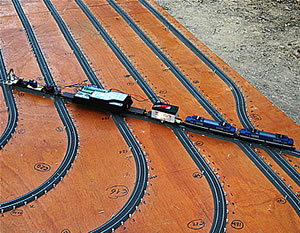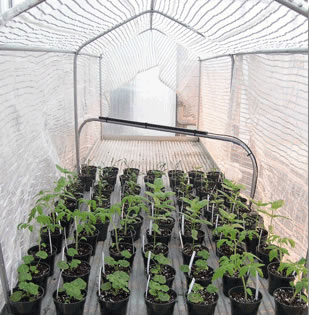During the Great American Solar Eclipse of 2017, Dr. Bruce Bugbee, president of Apogee Instruments and a professor at Utah State University, deployed a suite of sensors in the path of totality in Rexburg, Idaho to measure various environmental parameters during the eclipse. In this video, Bruce discusses his findings. The Apogee sensors he used included spectroradiometers, a net radiometer, pyranometers, full-spectrum quantum sensors, infrared radiometers, and a precision thermistor inside an aspirated radiation shield.
Download the slides from the video here >.





